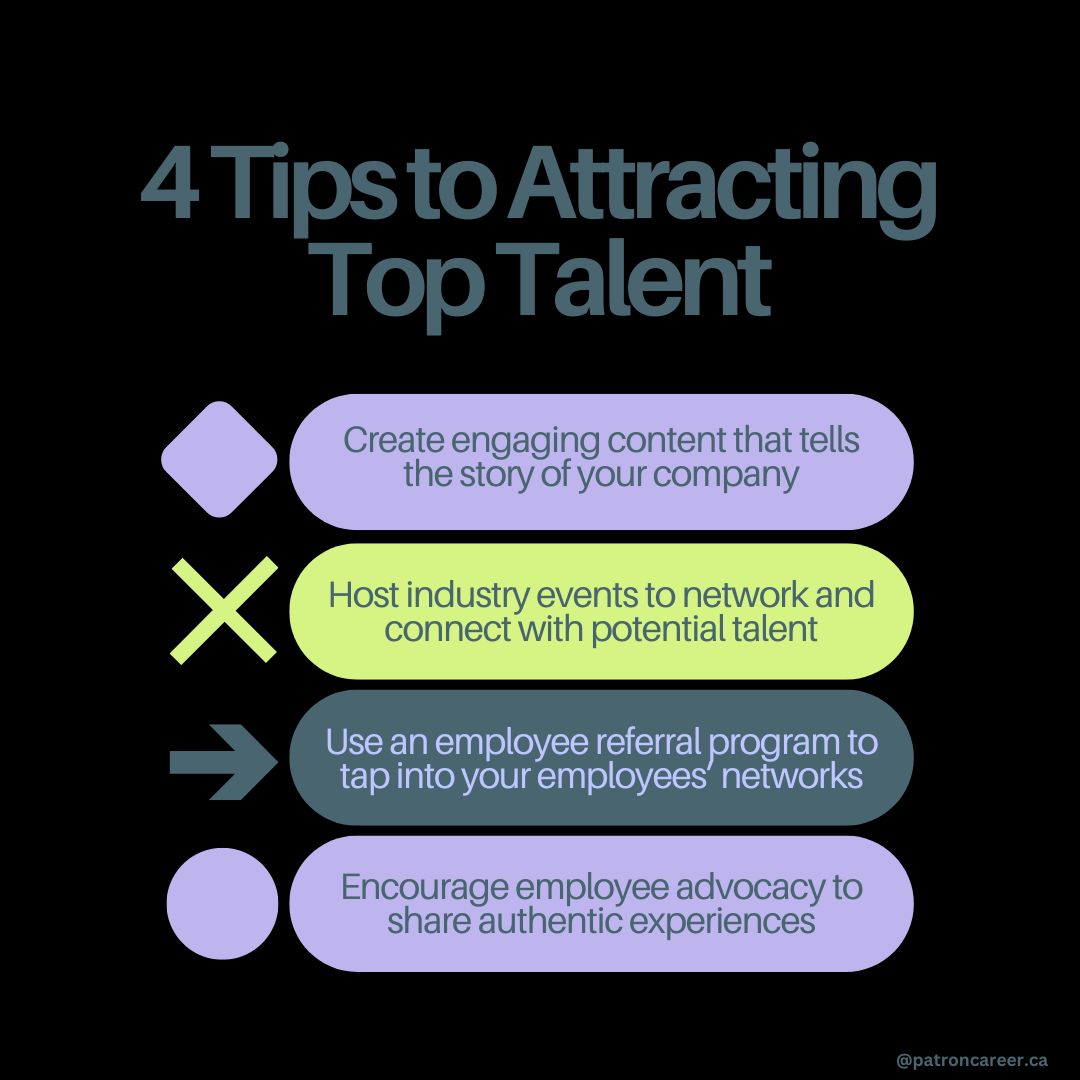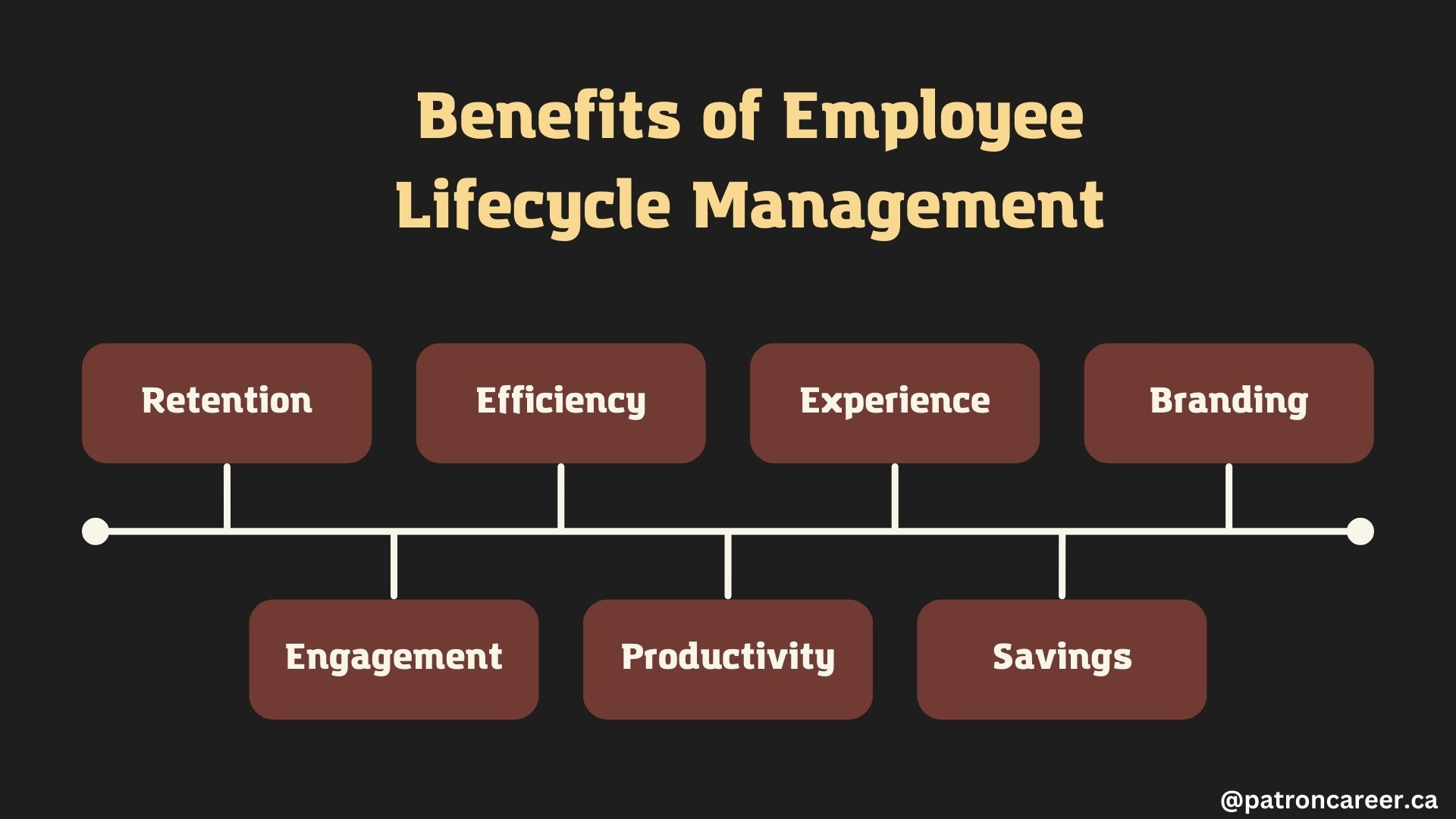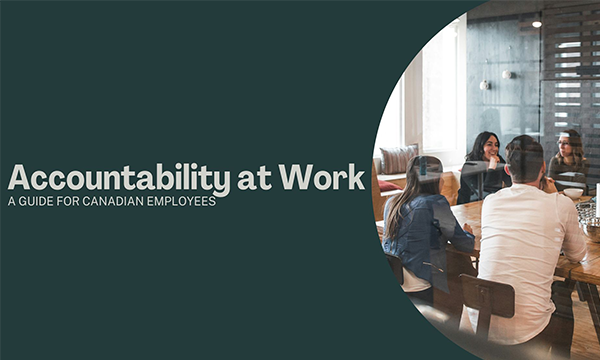What is the Employee Lifecycle? Delineating the 7 Stages for HR Experts
Employees are an integral part of an organization. Companies that fail to recognize their journey lifecycle often undermine the business's overall success. HR professionals should be armed to the teeth about what the employee lifecycle entails and how to manage it to fully understand its effects on employee motivation, job satisfaction retention and company growth.
The journey an employee goes through after joining an organization is dynamic and noteworthy, often referred to as the Employee Lifecycle (ELC). It entails various stages right from recruitment to the time they exit the company, each stage having its significant role to play. ELC framework can be used by employers and employees to track their progress throughout their tenure.
Today’s blog will provide you with a deep understanding of the employee lifecycle model and how you can use it to the best of your advantage.
The 7 stages of the ELC are explicated below:
1. Attraction: Drawing Talent Inwards
The employee lifecycle begins with the attraction phase. It is the initial stage wherein you explore the candidate pool to draw the talent in your organization and to fill in the vacant positions. Simply stated, it is the stage that precedes recruitment, aiming to create a strong employer brand and appeal to the potential candidates to join your organization. This is where you market your company’s value, culture, goodwill and benefits to attract top talent. Presentation of the company is key here. You need to have a strong employer brand proposition to stand out and draw top-tier talent.
Tips To Manage It Effectively:
- Build an Impressive Employer Brand: you do have an employer brand, but you have to revamp it to uplift your talent acquisition strategy. To enhance your employee brand, here we have shared 7 useful techniques and tips.
- Social Media Engagement: modern job seekers avail social media platforms to find jobs. So, a company looking to hire should regularly post about what it's like to work here, current employee experiences and company insights (like social projects, community work, and CSR initiatives) to better engage with the target audience.
- Create Compelling Job Content: Job descriptions are at the forefront of the expectations and responsibilities attached to the post. These should be attractive and depict your inner culture as well. Ask your workforce to make “day in the life” videos or behind-the-scenes showcasing team activities and employee relationships within the organization.
2. Recruitment: Finding the Right Fit
The second stage is recruitment, whereby an applicant transforms into an employee of the organization. The recruitment process is all about identifying, attracting and selecting the best candidates who fit into the role along with the company's needs, culture and goals. To select the right people for the right job, hiring managers conduct vetting interviews which can be in-person or virtual. While this stage is candidate-centric, it's important to treat all applicants without bias, as it ultimately impacts your company’s goodwill and reputation.
How to Navigate this Stage Successfully:
- Leverage Multiple Recruitment Channels: Use a mix of online job boards, social media, employee referrals, and recruitment agencies to reach a diverse pool of candidates.
- Focus on Cultural Fit: While skills and experience are important, assessing whether a candidate aligns with the company’s culture is equally vital. Behavioural interviews and personality assessment tests can help in this regard.
What are Pre- Employment Assessment Tests in recruitment?
3. Onboarding: Setting the Stage for Success
How a company onboards its new fits can be a differentiator in drawing and retaining the top talent. Onboarding is all about welcoming new hires seamlessly into the new working culture by helping them understand their role, and providing additional training to integrate them successfully.
Onboarding if done right can accelerate company growth and set the stage for employee engagement, retention and greater job satisfaction.
How to Manage It Effectively:
- Plan Ahead: Prepare a personalized onboarding plan jotting down a clear agenda for the first few days or weeks, training schedules and induction exercises with other team members.
- Offer Continuous Support: onboarding never fails if you assign a buddy or mentor for the new employee who will help them settle into the workplace effectively.
4. Development: Nurturing Growth and Potential
While searching for jobs, many job-seekers are inclined towards companies that provide career advancement assistance through training and development opportunities. To help them excel at their roles, organize training workshops, and mentorship programs.
How To Manage This Stage:
- Experiential Learning: invest in your employee's growth by providing on-the-job training like job rotation, job shadowing, and hands-on projects or create tailored learning paths based on their requirements.
- Provide Regular Feedback: Conduct regular performance reviews to discuss employees’ strengths, areas for improvement, and growth opportunities.
5. Retention: Keeping Top Talent Engaged:
Retention is all about keeping your best people. This is one of the most important stages in the employee's lifecycle. There is always the risk of your top talent strolling out the doors. To avoid this, employers must foster an environment of growth, trust and recognition.
How to Manage It Effectively:
- Foster a Positive Work Environment: be leaders, not bosses. Strive for a workplace that values its people and their voices, is a protagonist of inclusivity and works with mutual collaboration and support.
- Offer Competitive Compensation and Benefits: enhance your employee benefits plan by rendering paid leaves, retirement benefits, EAPs and competitive salary packages and perks to retain employees.
- Conduct Stay Interviews: check in with your employees regularly and understand their needs and career goals. Use questionnaires to gain feedback and keep employees engaged.
6. Performance Management: Driving Success and Accountability
The performance management stage uses tools and processes to gauge an employee's performance by setting performance expectations, monitoring progress and providing continuous feedback. It aims to maintain peak performance and accountability within the organization.
Steps to Manage It Effectively:
- Set SMART Goals: set goals that are specific, measurable, achievable, realistic and time-bound. Goal-setting is essential to deliver outstanding work output.
- go out of your way to acknowledge employee wins whether big or small . Appreciate their hard work by offering rewards, bonuses or public recognition. Let them know that their efforts are seen to build a positive work culture and lower turnover.
7. Offboarding: A Graceful Exit
This is the last stage of the employee lifecycle. Offboarding stage requires you to manage the employee’s exit from the company, for reasons such as resignation, termination, or retirement. It should be graceful and well-handled in all regards. Follow all procedures of offboarding religiously.
Managing This Stage with Excellence:
- Conduct Exit Interviews: these interviews best help to understand why an employee wants to leave the organization and leave grey areas for improvement for the company.
- Handling Administrative Responsibilities: arrange for final paychecks, benefits adjustments and return of company property etc.
Employee Lifecycle Management is a Continuous Journey
Be mindful that employee lifestyle demands thoughtful management at each step of the way. Monitor the success of your ELC management process and assess its impact on the company culture. With a strong HR, companies can attract, retain and foster a culture of growth, engagement and success.







